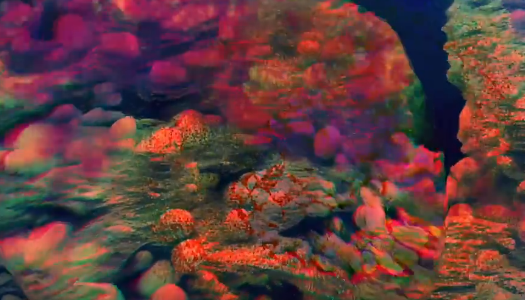“Dark oxygen” is being produced in the deep ocean, baffling scientists who traditionally understand oxygen production as a result of photosynthesis, which requires sunlight. In the abyssal seafloor, where sunlight is absent, metallic nodules are splitting water molecules into hydrogen and oxygen. This discovery challenges existing knowledge, as these nodules, resembling lumps of coal, have been found to perform this process. The phenomenon was first noticed in 2013 when lead scientist Andrew Sweetman observed unexpected oxygen production in the Clarion-Clipperton Zone between Mexico and Hawaii.
GM #DarkOxygen pic.twitter.com/WeWjmY5XUZ
— Bijoux 2too (@BijouxEarth) July 23, 2024
Initially, Sweetman suspected equipment malfunction when readings indicated oxygen production in the dark ocean depths. After multiple verifications confirmed the accuracy of the equipment, Sweetman recognized the significance of these findings. These nodules, forming over millions of years, are rich in materials like lithium, cobalt, and copper, which are essential for battery production. Mining companies are interested in these nodules, but there are concerns about the environmental impact of deep-sea mining.
Discovery of ‘dark oxygen’ from deep-sea metal lumps could trigger rethink of origins of life.https://t.co/uGseTBc1E2
— Pirate (@pirate1100) July 23, 2024
The National Oceanic and Atmospheric Administration (NOAA) notes that about half of the Earth’s oxygen comes from the ocean, primarily from photosynthetic organisms like plankton, algae, and some bacteria. However, these organisms cannot perform photosynthesis in the dark depths of the ocean, making the discovery of oxygen production by metallic nodules particularly significant.
Scientists discover ‘dark’ oxygen being produced more than 13,000 feet below the ocean surfacehttps://t.co/kOZD2zwdfB
— Moose and Squirrel (@RobCrumpton) July 23, 2024
The potential extraction of these nodules for their valuable minerals poses a dilemma. While they offer a source of materials crucial for technology, the ecological consequences of disturbing the deep-sea environment could be severe. Sweetman’s study emphasizes the need to consider these environmental risks before proceeding with deep-sea mining operations.
Key Points:
- Discovery of “dark oxygen” production in the deep ocean by metallic nodules.
- Traditional understanding of oxygen production via photosynthesis is challenged.
- Initial discovery in 2013 led to multiple equipment verifications.
- Nodules contain valuable minerals like lithium, cobalt, and copper.
- Environmental concerns about the impact of deep-sea mining.
Fallon Jacobson – Reprinted with permission of Whatfinger News

